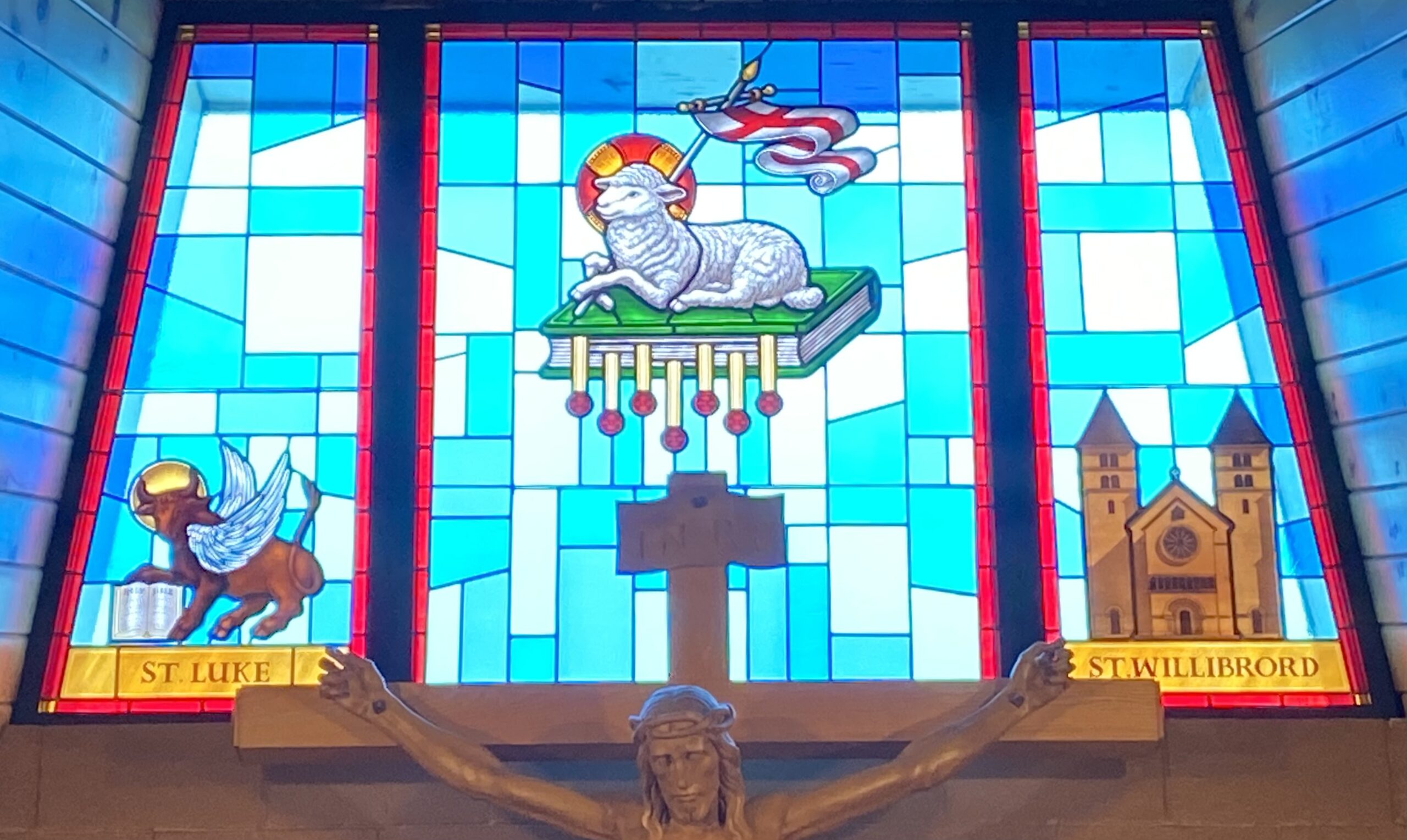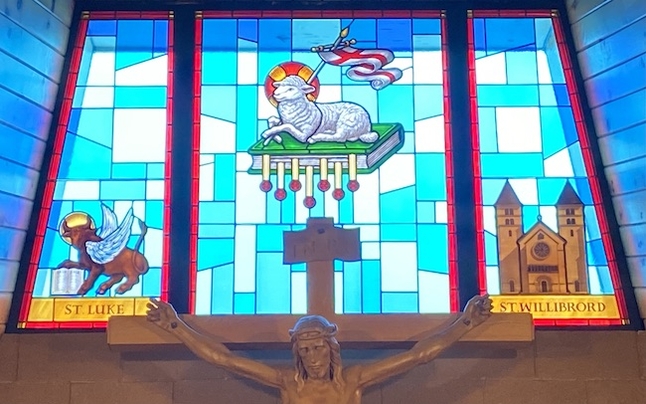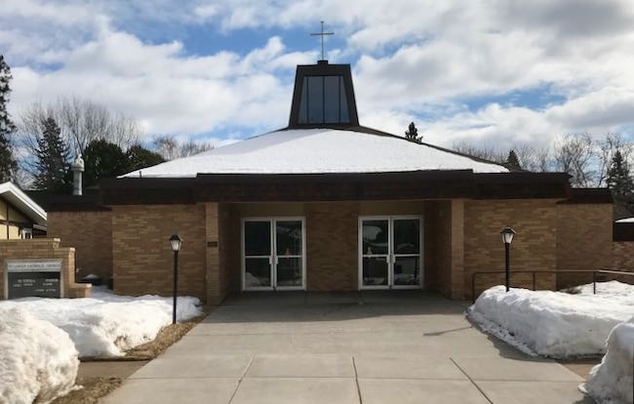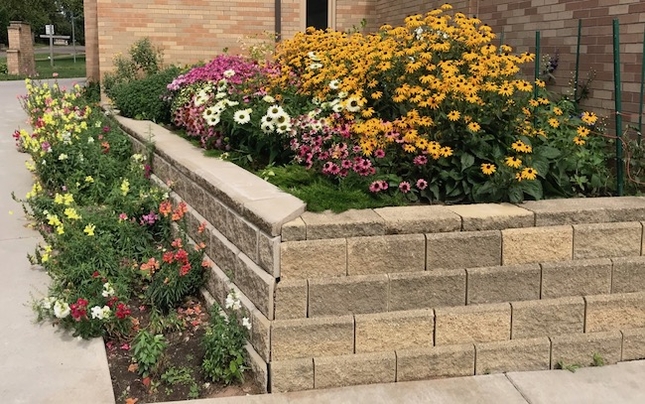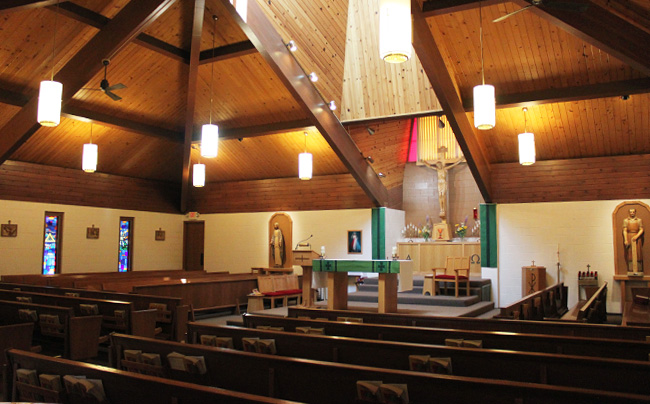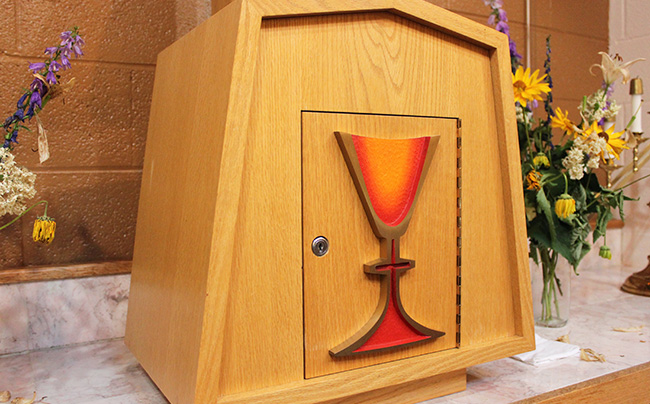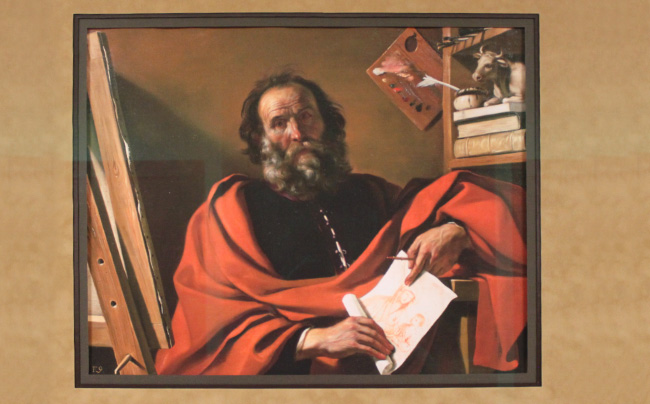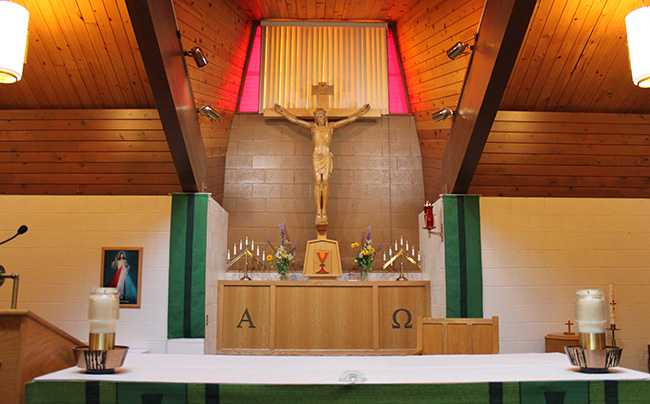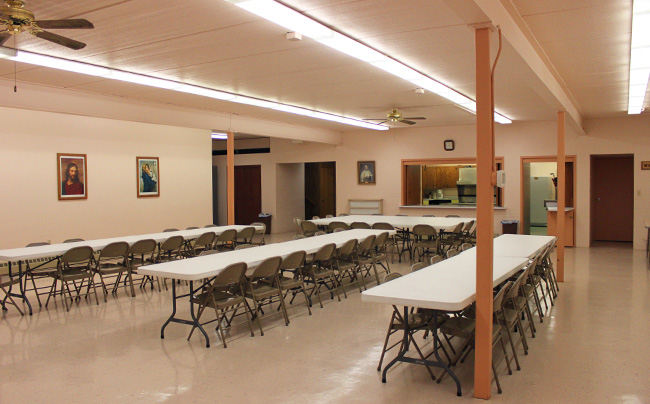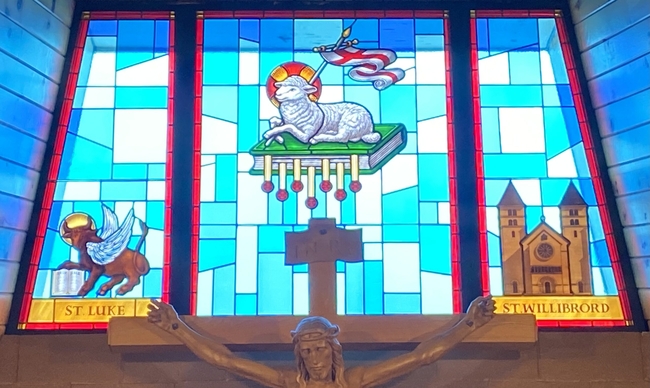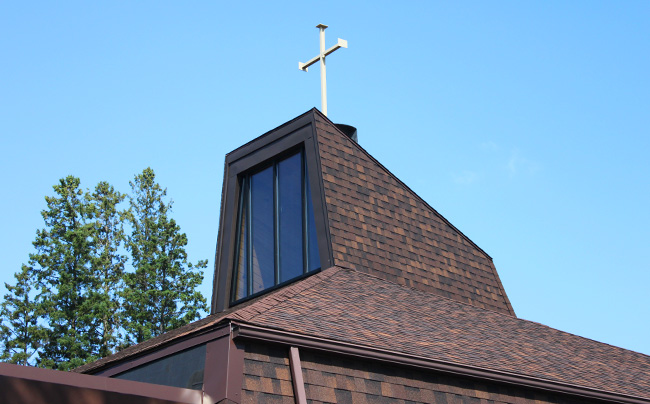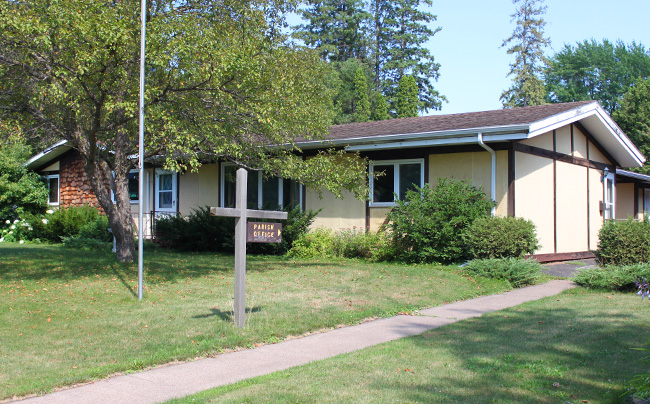Last Updated on July 10, 2024 by web manager
DIRECTIONS TO ST. LUKE’S
St. Luke’s Catholic Church
P.O. Box 644
122 Commercial Ave. N
Sandstone, MN 55072
320-245-5175
saintlukesmn@gmail.com
Staff/Contacts
HISTORY OF ST. LUKE’S
The history of Saint Luke’s is really the history of seven parishes, all of which served the Catholic people of north-central Pine County. When Minnesota Territory was established on March 3, 1849, most of its non-Indian population was French speaking and made up of fur traders and Metis. That population was concentrated around Saint Paul, Mendota and Pembina. No white settlements yet existed in what would become Pine County. However, once the Treaty of Traverse des Sioux was signed on July 23, 1851, settlers began pouring into the territory. For a time, they moved to the south and west onto the prairies to establish farms and towns. However, the pine forests of the North Country would soon lure loggers and railroads.
The Military Road which runs through our area was constructed between 1854 and 1857. It linked Point Douglas (located between what is now Hastings and Prescott) to Superior and made access to our area easier. Before its construction, travel was either by foot or by canoe. The Old Military Road fell from use when rail service began in 1870. Along with the railroads grew towns. These included Askov (first known as Partridge), Bruno, Kerrick and Duquette on what would become the Great Northern line, Friesland, Groningen, Finlayson, Sandstone, Rutledge and Willow River on the Northern Pacific line, and to the east, Markville and Cloverton on the Soo line.
As these towns grew, their Catholic people began to build churches. The first church may have been built in Duquette sometime in the late 1800s; it was named Saint Francis Xavier. The town was built on the site of an Indian village, and it was name after Frank Duquette, a French Canadian who established a sawmill and store there. Mr. Duquette died on December 22, 1911 at the age of 83 and is buried in the parish cemetery. A note in the parish records says that he built the first church there. It was closed around 1960.
Next was Saint Willobrod’s in Sandstone. By the late 1880s, priests from parishes to the south were coming to Sandstone to say Mass for the people. Some records indicate that a Catholic school had been built in 1887 and then replaced by a newer school in 1893. However, all of that was destroyed in the great fire of 1894. It was only in 1900 that the first church was finally built. Named after Saint Willobrod, an early bishop who had brought the faith to the Dutch, the name may have been chosen by Dutch Catholics who settled around Friesland and Groningen. The name of the parish was changed to Saint Luke’s on April 23, 1965. The first church served the parish well for 67 years. It was replaced by our present church which was dedicated by Bishop Francis J. Schenk on September 10, 1967. In 2017, the parish added an elevator and a handicapped accessible restroom on the main floor. These improvements have been well received.
Another note of interest was the change from diocesan to religious order priests in March of 1970. For 39 years, priests from the Oblates of Mary Immaculate would serve the parish, and they would do so until Fr. Al Henger, OMI retired in 2009. The first Mass in Finlayson was celebrated in 1906 at the home of a Mr. Langer. Then in 1907, a little white church was built and dedicated to Saint Joseph. This was replaced by a new brick church in 1915/16. Priests from Saint Luke’s would serve the parish. The parish produced two religious vocations: Sister Mary Andrea Weber, OSB, and Sister Michelle Dosch, OSB.
A church was also built in Bruno in the early 1900s. It was named Sacred Heart and is listed as a station in the 1905 records for Saint Willobrod’s. This church was replaced by a new church in 1950. Shortly after the parish in Bruno was established, the parish our Our Lady of Victory in Holyoke was established. It was served first from Saint Willobrod’s and then from Saint Michael’s from 1929 until it closed about 1960.
About the same time as Holyoke, Saint Michael’s in Kerrick was founded. The first recorded baptism there was in 1909. From 1929 until the parish closed in 1970, it had a resident pastor. Beginning in 1929, Saint Michael’s new pastor would also serve Bruno, Markville, Holyoke, Duquette and all points in between.
Last to be established was the parish of Sacred Heart in Markville. Records are incomplete, but the first known baptism was in 1912. The last sacraments, a baptism and a wedding, were both celebrated in 1955. Sacred Heart closed about 1969. When Saint Michael’s closed, its people went to Sacred Heart in Bruno, and the parish was assigned to the care of the pastor in Sandstone. Sadly, with the decline of our rural population and with fewer priests, Sacred Heart was closed and the last Mass celebrated there on December 1, 2012. The Church building was sold to the City of Bruno in May of 2013 and now serves as the Bruno City Hall. The last Mass at Saint Joseph’s in Finlayson was on April 27, 2013, and the Church building was sold to a private party in the fall of 2014. On December 31, 2012, Saint Luke’s was clustered with Saint Patrick’s in Hinckley for the first time since 1908.
Over all this time, the Catholic faith has been lived out by the many good people who have called Pine County home. From the French voyageurs and fur traders who brought the faith to their Ojibwe wives and families and relatives, to the loggers and farmers and shopkeepers, and those who once worked in the quarries to our present day, God has blessed us. Our prayer is that He continue to guide us and prosper us and our parish long into the future.
Saint Luke, pray for us!
ST. LUKE’S STAINED GLASS WINDOWS
A new and beautiful stained glass window was added to St Luke’s Church in 2023, see below. For a detailed description of that window and the others in the church click here.
